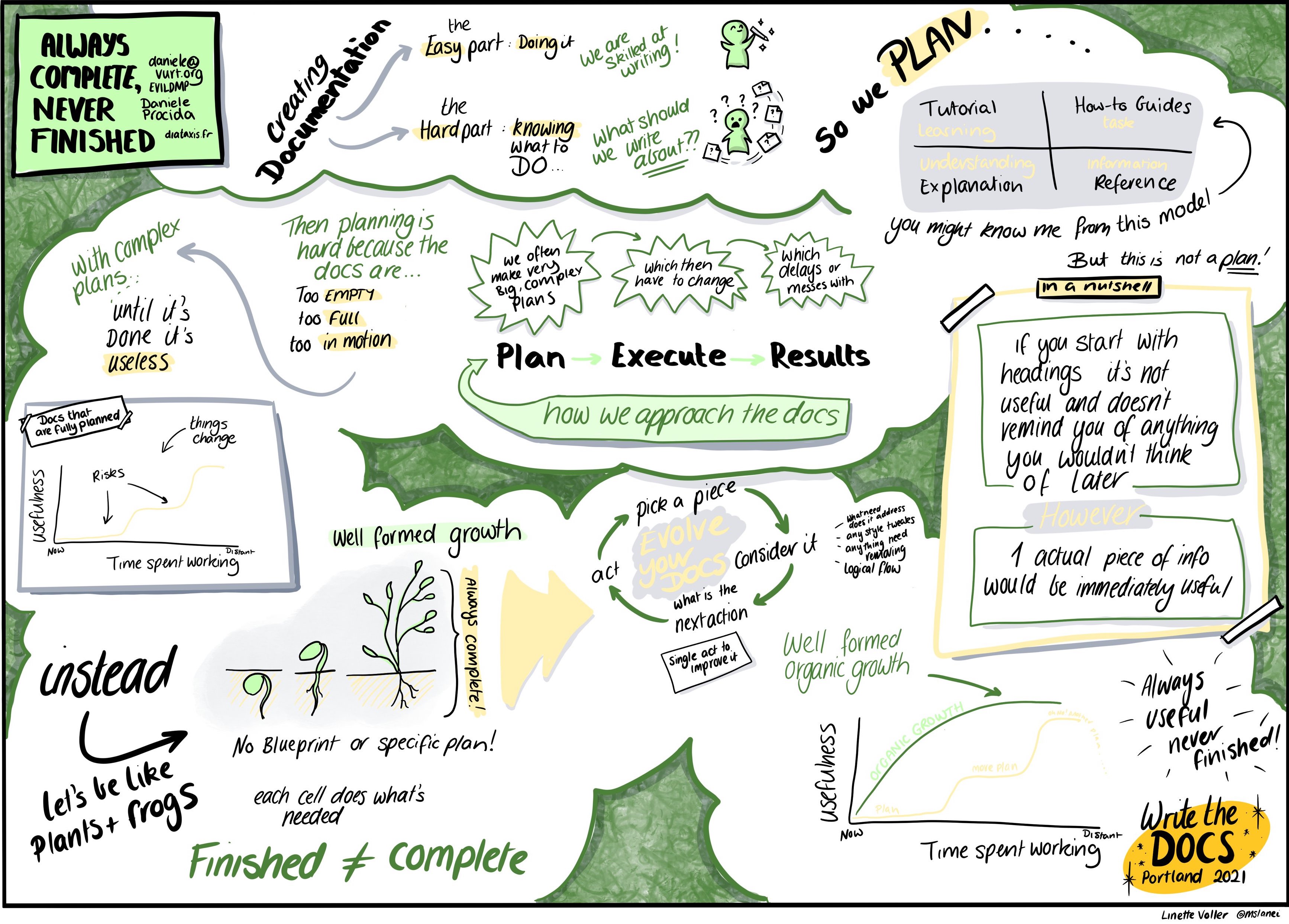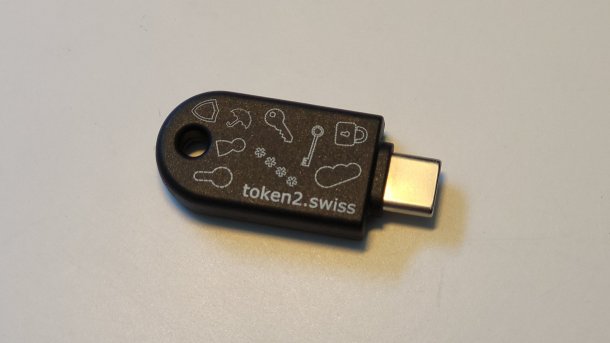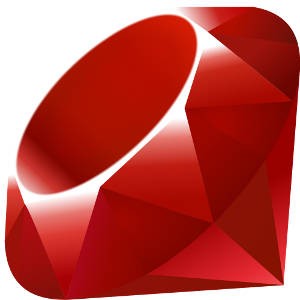Licensing and trademark
There has been lots of turmoils last week on two not so related subjects. Let's clarify them a bit.
LGPL rights and duty
Lot's have been said about this license, and lot's of people out there don't understand the rights and duty of this license.
- Goal
The licenses for most software are designed to take away your freedom to share and change it. By contrast, the GNU General Public Licenses are intended to guarantee your freedom to share and change free software--to make sure the software is free for all its users.The goal is to guaranty freedom (of speech) to he users of a given software.
- Can I use a verbatim copy of a LGPL library in my software? What about my code license? What if I distribute my software?
- Can I modify the library? What happens then?
Your application (aside from those modifications) does not fall into the LGPL license.
It is usually admitted (while not required), as a courtesy, to provide (all) your modifications to everybody (not only the third party you distribute your application to). It usually doesn't matter in the end, because any of your application users will be able to freely redistribute for free the modifications you made on the LGPL library. There is nothing you can do about it.
- Goal (once again)
Check the LGPL license for more info.
Trademarks
A trademark includes any word, name, symbol, or device, or any combination, used, or intended to be used, in commerce to identify and distinguish the goods of one manufacturer or seller from goods manufactured or sold by others, and to indicate the source of the goods. In short, a trademark is a brand name.[1]A trademark does not prevent you from providing a service based on a given product. It restricts and organize, however, the way you can use a given (combination of) word.
(Protection of) Trademarks is actually a fairly common practice, including in the Open Source world, to name a few
- Red Hat Inc and JBoss Inc (trademark information)
- The Apache Software Foundation (trademark FAQ)
- The Mozilla foundation (trademark policy)
- ...
Why?
For all of them, to protect the brand, to protect the message the brand is pushing.
That is the reason why I changed the name Hibernate Lucene to Hibernate Search, it violated the ASF trademark, so I went ahead and fixed it.
To clarify the turmoil with Hibernate, please check the clarification by Mark Webbing. It's in the comments here but I will reproduce it for clarity.
I am writing to clarify the issues raised by the publication of Ms. Robertson's communication on behalf of Red Hat. First, the letter is not placed into the context of the situation it was addressing. That presents the opportunity for misinterpretation. At the same time, I would agree that the letter is less than precise in defining what has been done wrong and the corrective action that is required. Ultimately, that is my fault as the person in charge of trademark enforcement at Red Hat.
Contrary to Gavin's statements above, you cannot offer HIBERNATE Training or JBOSS Training. This is an improper use of Red Hat trademarks in that the marks are being used (a) either as nouns or (b) to promote a good or service that is directly branded with Red Hat owned marks. What is permissable, and I am sure this is what Gavin meant, is that you are permitted to offer HIBERNATE(R) Object Relational Mapping Software Training or, as another example, JBoss(R) Application Server Training. Here the marks are being applied to the goods in a proper manner and it is clear that the training is being provided for that branded technology, not by the brand owner. As a further common courtesy, it would also be appropriate for those properly using the marks in this manner to make clear that they are not in anyway associated with Red Hat or its JBoss Division.
With that clarification I hope I have resolved the confusion and/or discontent around this issue. More extensive information on the permitted uses of Red Hat marks can be found at http://www.redhat.com/about/companyprofile/trademark/
I would also ask, as a courtesy to Ms. Robertson, that the party who posted her letter please indicate that they were the party posting the letter, not Ms. Robertson.
My apologies for any confusion that has been caused.
Mark Webbink
Deputy General Counsel
Red Hat, Inc.
Sidenote
Contrary to some claims, you don't have to have a @jboss.com address to contribute to JBoss projects (I mean commit access). All you have to do is being accepted by the community and the project lead (as any open source project), and sign a contributor agreement (in a similar manner an ASF contributor agreement is signed). To name Hibernate, I can count at least twice as many active contributors not having a @jboss.com address than having one :-)
By the way, I am not a lawyer, so take my words as is etc etc. My dog knows a dog who knows a lawyer, but I am not sure that qualifies me ;-)




Comments